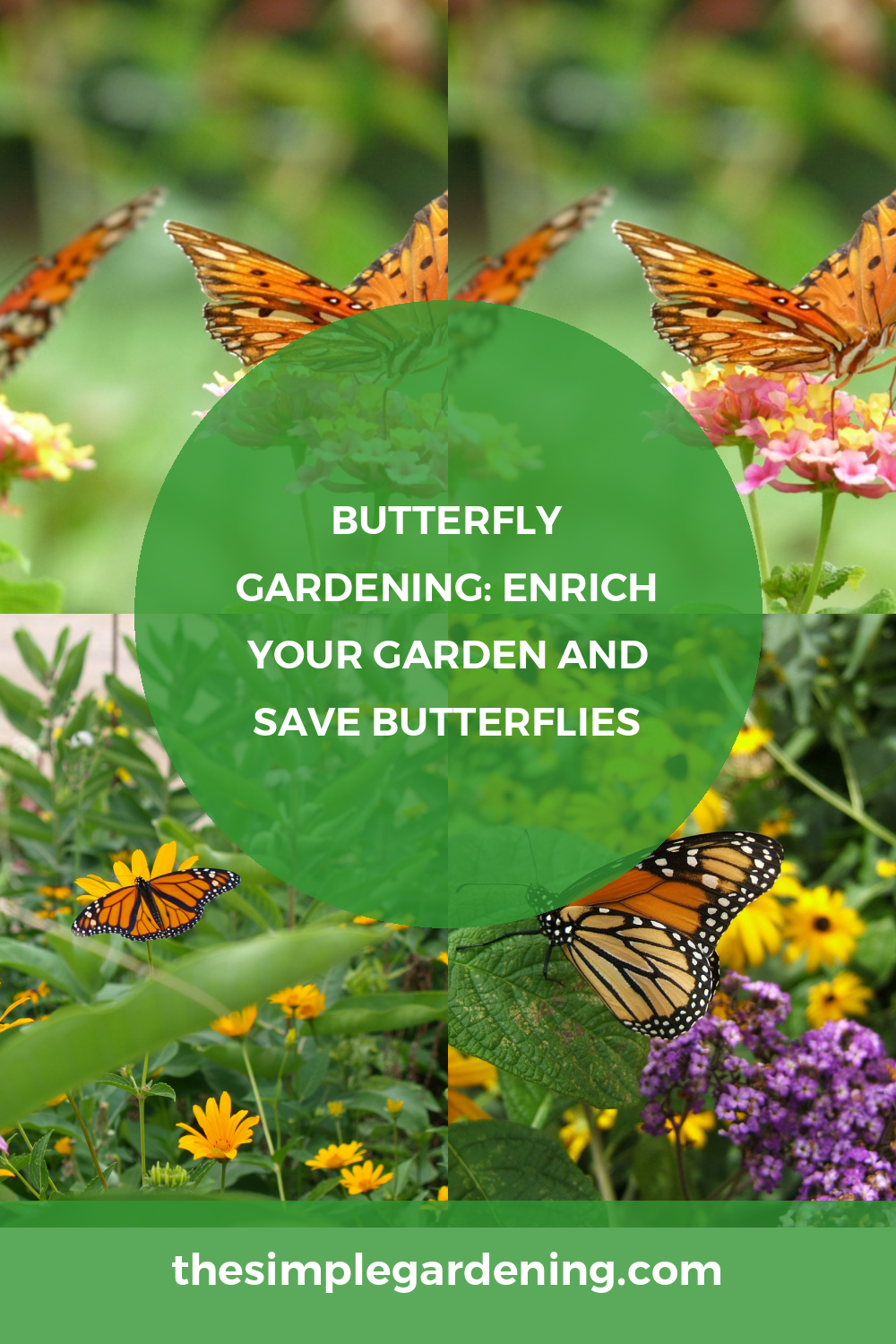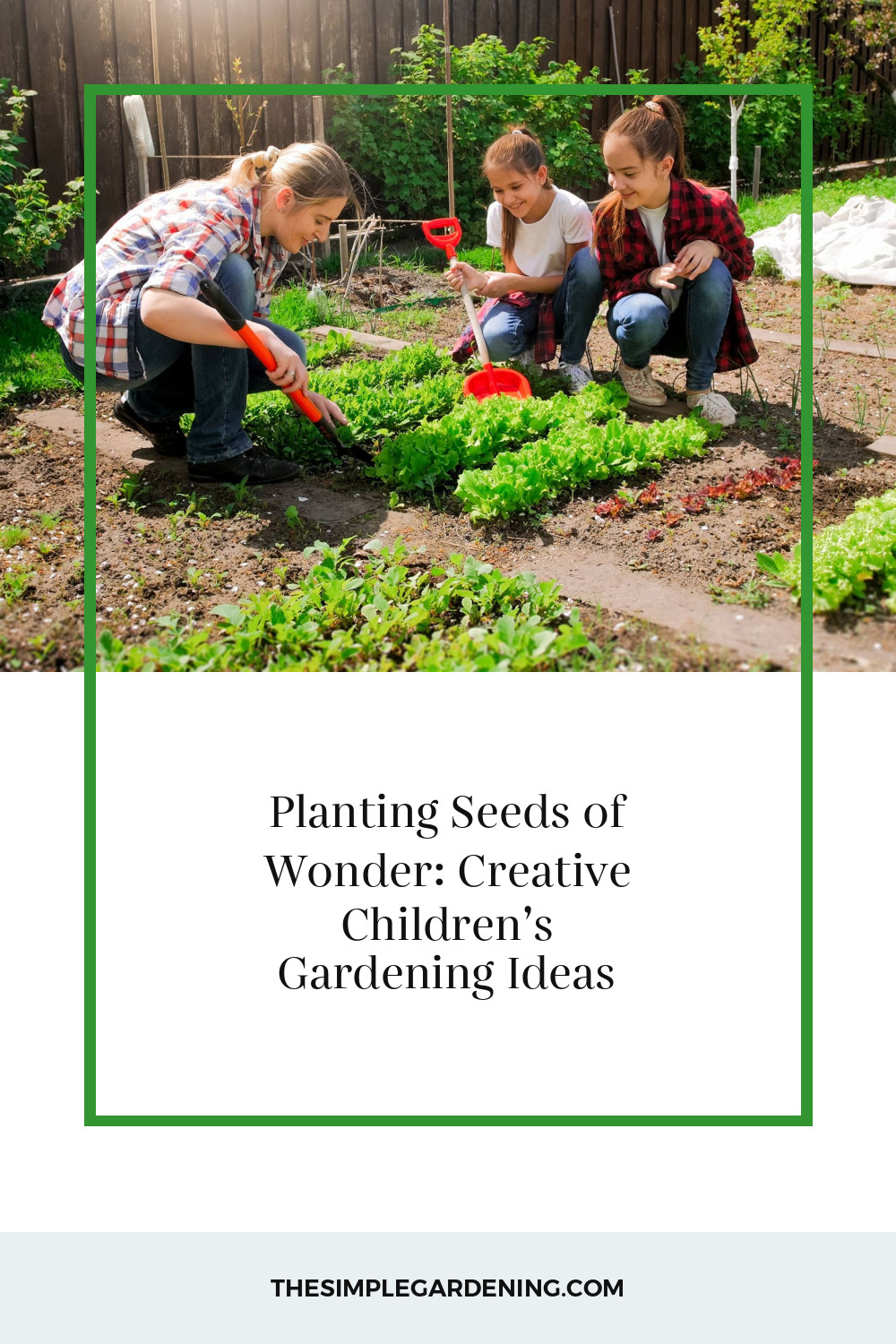Butterfly conservation holds paramount importance in maintaining ecological balance and biodiversity. By cultivating butterfly-friendly environments through gardening, individuals contribute significantly to the preservation of these delicate creatures. This guide aims to elucidate the benefits of butterfly gardening and provide insights into creating and maintaining such nurturing spaces.
| Points to Cover |
|---|
| Importance of butterfly conservation |
| Benefits of butterfly gardening |
| Purpose of the guide |
Importance of Butterfly Conservation
Butterflies play a pivotal role in pollination, aiding in the reproduction of various plant species. Furthermore, they serve as indicators of environmental health, with declines in butterfly populations often reflecting broader ecological issues. By conserving butterflies, we safeguard the habitats they depend on and promote overall ecosystem resilience.
Benefits of Butterfly Gardening
Beyond environmental conservation, butterfly gardening offers personal rewards. It provides opportunities for observation and interaction with nature, fostering a deeper connection to the outdoors. Additionally, creating vibrant butterfly habitats enhances the beauty of landscapes, enriching the aesthetic appeal of gardens and green spaces.
Purpose of the Guide
This guide serves as a comprehensive resource for individuals interested in establishing butterfly-friendly gardens. It offers practical advice on garden design, plant selection, and maintenance to support thriving butterfly populations. By following the guidance provided, readers can contribute meaningfully to butterfly conservation efforts while enjoying the enchanting presence of these winged wonders in their own backyards.
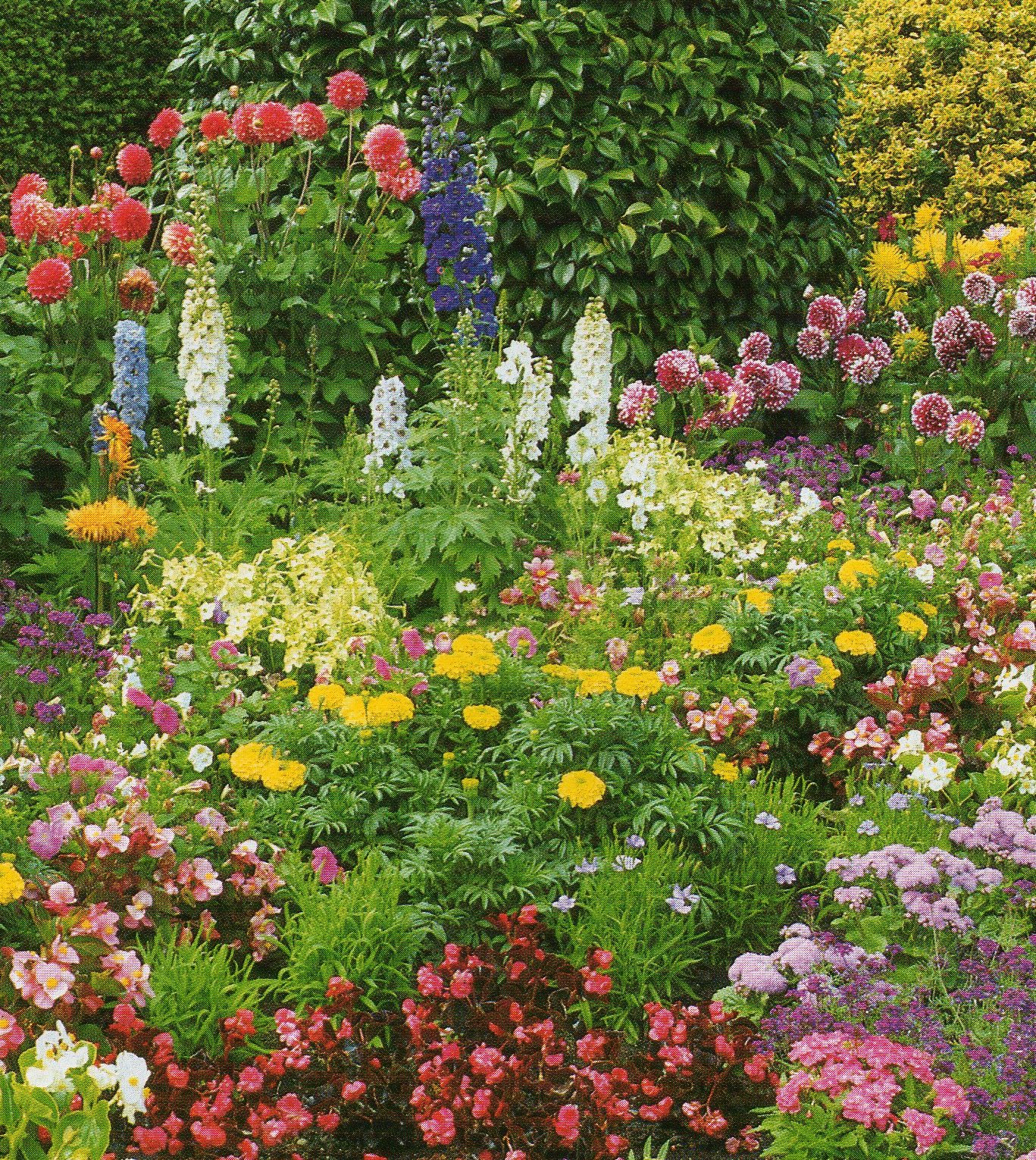
Source Image: gardenerstips.co.uk
II. Understanding Butterflies
Understanding the life cycle and habitat requirements of butterflies is crucial for successful butterfly gardening endeavors.
| Points to Cover |
|---|
| Life cycle of butterflies |
| Importance of native plants for butterfly habitats |
| Factors influencing butterfly populations |
Life Cycle of Butterflies
The life cycle of a butterfly consists of four distinct stages: egg, larva (caterpillar), pupa (chrysalis), and adult. Each stage has specific requirements and behaviors, emphasizing the importance of providing suitable habitats and food sources throughout the cycle.
Importance of Native Plants for Butterfly Habitats
Native plants play a vital role in supporting butterfly populations as they are well-adapted to local environmental conditions. They provide essential nectar and host plants for butterflies, ensuring a sustainable food source and breeding habitat. Incorporating native plants into garden designs enhances biodiversity and promotes ecosystem stability.
Factors Influencing Butterfly Populations
Butterfly populations are influenced by various factors, including habitat loss, climate change, pesticide use, and invasive species. Understanding these factors allows gardeners to mitigate negative impacts and create resilient butterfly habitats. By addressing habitat fragmentation and providing refuge from environmental stressors, individuals can help sustain healthy butterfly populations.
III. Creating a Butterfly-friendly Environment
Creating a conducive environment is essential for attracting and supporting butterflies in the garden.
| Points to Cover |
|---|
| Selecting the right location for your butterfly garden |
| Providing food sources for butterflies |
| Providing shelter and resting spots |
| Avoiding pesticide use and creating a chemical-free environment |
Selecting the Right Location for Your Butterfly Garden
Choose a location that receives ample sunlight and is sheltered from strong winds. Ideally, the garden should be situated away from heavily trafficked areas to minimize disturbances to butterfly activity. Providing a mix of sunny and shaded areas caters to the diverse needs of butterfly species.
Providing Food Sources for Butterflies
Include a variety of nectar-rich flowers to sustain adult butterflies throughout the growing season. Select plants with different bloom times to ensure a continuous supply of nectar. Additionally, incorporate host plants that cater to the specific dietary needs of caterpillars, fostering successful reproduction and population growth.
Providing Shelter and Resting Spots
Integrate features such as shrubs, trees, and dense foliage to offer shelter from inclement weather and predators. Flat rocks, logs, and other natural elements provide basking and resting spots for butterflies, allowing them to regulate body temperature and conserve energy.
Avoiding Pesticide Use and Creating a Chemical-free Environment
Minimize or eliminate the use of chemical pesticides, herbicides, and fertilizers in the garden. These substances can be harmful to butterflies and other beneficial insects, disrupting natural ecosystems. Embrace organic gardening practices and opt for non-toxic alternatives to maintain a healthy and sustainable environment for butterflies.

Source Image: www.gardeningknowhow.com
IV. Planning Your Butterfly Garden
Strategic planning is essential for creating a well-designed and functional butterfly garden that caters to the needs of its inhabitants.
| Points to Cover |
|---|
| Designing a butterfly garden layout |
| Incorporating elements for different life stages of butterflies |
| Choosing plants based on local butterfly species |
| Considering bloom times for continuous nectar sources |
Designing a Butterfly Garden Layout
Before planting, sketch a layout that optimizes space and resources while considering aesthetic appeal. Incorporate features like winding pathways, seating areas, and focal points to enhance the garden’s visual appeal and accessibility. Group plants according to their height, color, and blooming season for a harmonious and balanced composition.
Incorporating Elements for Different Life Stages of Butterflies
Provide resources for all stages of the butterfly life cycle, from egg-laying to adult feeding. Include host plants for caterpillars to feed on and sheltered areas for pupation. Plant a diverse array of nectar plants to attract adult butterflies and support their foraging activities.
Choosing Plants Based on Local Butterfly Species
Research local butterfly species to identify their preferred host and nectar plants. Select plant species that are native to your region and well-suited to the local climate and soil conditions. By catering to the specific needs of indigenous butterflies, you can create a habitat that fosters biodiversity and ecological resilience.
Considering Bloom Times for Continuous Nectar Sources
Choose plants with staggered bloom times to provide a consistent supply of nectar throughout the growing season. This ensures that butterflies have access to food resources at all times, supporting their nutritional needs and reproductive cycles. Incorporate early, mid-season, and late-blooming plants to maintain butterfly activity from spring to fall.

Source Image: knechts.net
V. Essential Plants for Butterfly Gardens
Selecting the right plants is crucial for attracting and sustaining butterfly populations in the garden.
| Points to Cover |
|---|
| Native nectar plants |
| Host plants for caterpillars |
Native Nectar Plants
Native nectar plants are essential for providing adult butterflies with the energy they need for flight and reproduction. Choose a diverse selection of flowering species that offer abundant nectar resources throughout the growing season. Examples include milkweed, coneflower, black-eyed Susan, and butterfly bush.
Host Plants for Caterpillars
Host plants are essential for the survival of butterfly larvae (caterpillars) as they provide the sole food source for many species. Research local butterfly species to identify their specific host plant requirements and incorporate these plants into your garden design. Common examples include milkweed for monarchs, parsley for black swallowtails, and dill for eastern black swallowtails.
VI. Planting and Maintaining Your Butterfly Garden
Proper planting and maintenance practices are essential for the long-term health and success of a butterfly garden.
| Points to Cover |
|---|
| Soil preparation and planting techniques |
| Mulching and watering considerations |
| Monitoring for pests and diseases |
| Pruning and deadheading for plant health and continuous blooming |
Soil Preparation and Planting Techniques
Prepare the soil by loosening it and incorporating organic matter to improve drainage and fertility. Plant flowers and shrubs at the appropriate depth and spacing, taking care to disturb the root systems as little as possible. Water newly planted specimens thoroughly to promote establishment and root growth.
Mulching and Watering Considerations
Apply a layer of organic mulch around plants to suppress weeds, conserve moisture, and regulate soil temperature. Avoid overwatering, as excess moisture can lead to root rot and other plant health issues. Water deeply and infrequently, allowing the soil to dry out slightly between watering sessions.
Monitoring for Pests and Diseases
Regularly inspect plants for signs of pest infestations and diseases, taking prompt action to address any issues. Practice integrated pest management (IPM) techniques, such as hand-picking pests, using insecticidal soaps, and encouraging natural predators. Monitor soil moisture levels and drainage to prevent water-related diseases like root rot.
Pruning and Deadheading for Plant Health and Continuous Blooming
Prune dead or damaged foliage to maintain plant health and aesthetics. Deadhead spent flowers to encourage continued blooming and prevent self-seeding in annual and perennial species. Remove any diseased or infested plant material promptly to prevent the spread of pathogens.

Source Image: www.freeimages.com
Butterfly Gardening
VII. Attracting Butterflies to Your Garden
Creating an inviting environment is key to attracting butterflies to your garden and keeping them coming back.
| Points to Cover |
|---|
| Creating a water source for butterflies |
| Adding features like rocks and logs for basking and resting |
| Incorporating bright colors and scents to attract butterflies |
| Using butterfly feeders and nectar stations |
Creating a Water Source for Butterflies
Provide a shallow dish filled with clean water and pebbles to create a butterfly-friendly drinking spot. Butterflies require moisture for hydration, especially during hot and dry weather conditions. Ensure that the water source is easily accessible and replenish it regularly to maintain freshness.
Adding Features Like Rocks and Logs for Basking and Resting
Incorporate natural elements such as rocks, logs, and stone walls to create sunning and resting areas for butterflies. These features provide warm surfaces for basking and sheltered spots for resting between feeding bouts. Position them strategically throughout the garden to maximize their effectiveness.
Incorporating Bright Colors and Scents to Attract Butterflies
Choose flowering plants with bright, colorful blooms and fragrant scents to attract butterflies from a distance. Opt for a diverse palette of hues, including shades of red, orange, yellow, pink, and purple, to appeal to a wide range of butterfly species. Plant clusters of flowers to create visual impact and increase visibility for passing butterflies.
Using Butterfly Feeders and Nectar Stations
Supplement natural nectar sources with artificial feeders and nectar stations to ensure a reliable food supply for butterflies. Fill feeders with a homemade nectar solution made from water and sugar, avoiding the use of artificial dyes or sweeteners. Place feeders in sunny, sheltered locations away from strong winds to prevent spills and contamination.
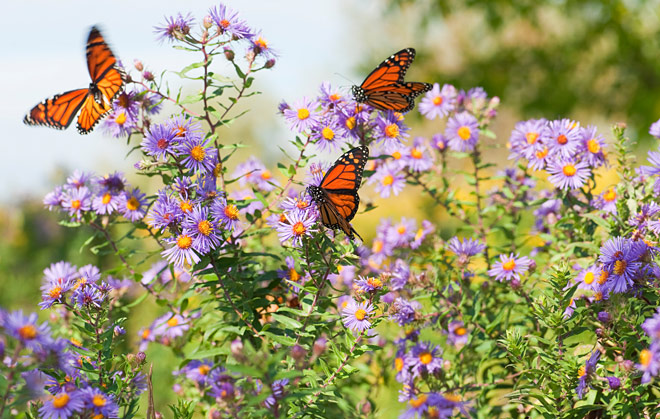
Source Image: blog.nurserylive.com
VIII. Observing and Monitoring Butterfly Activity
Engaging in regular observation and monitoring allows gardeners to track butterfly populations and behaviors over time.
| Points to Cover |
|---|
| Keeping track of butterfly species visiting your garden |
| Documenting butterfly behavior and interactions |
| Participating in citizen science projects like butterfly counts |
Keeping Track of Butterfly Species Visiting Your Garden
Maintain a log or journal to record the species of butterflies observed in your garden throughout the year. Note the date, time, and location of each sighting, along with any notable behaviors or interactions observed. Use field guides and online resources to help identify unfamiliar species and learn more about their life histories.
Documenting Butterfly Behavior and Interactions
Take photographs or videos of butterflies in your garden to document their behavior and interactions with plants and other wildlife. Observe feeding preferences, mating rituals, and territorial behaviors to gain insights into butterfly ecology and natural history. Share your observations with fellow enthusiasts and contribute to scientific knowledge through citizen science initiatives.
Participating in Citizen Science Projects Like Butterfly Counts
Join local or regional butterfly monitoring programs to contribute data on butterfly populations and distribution patterns. Participating in organized butterfly counts and surveys provides valuable information for conservation efforts and scientific research. By sharing your observations with the broader community, you contribute to a collective understanding of butterfly ecology and help inform conservation priorities.
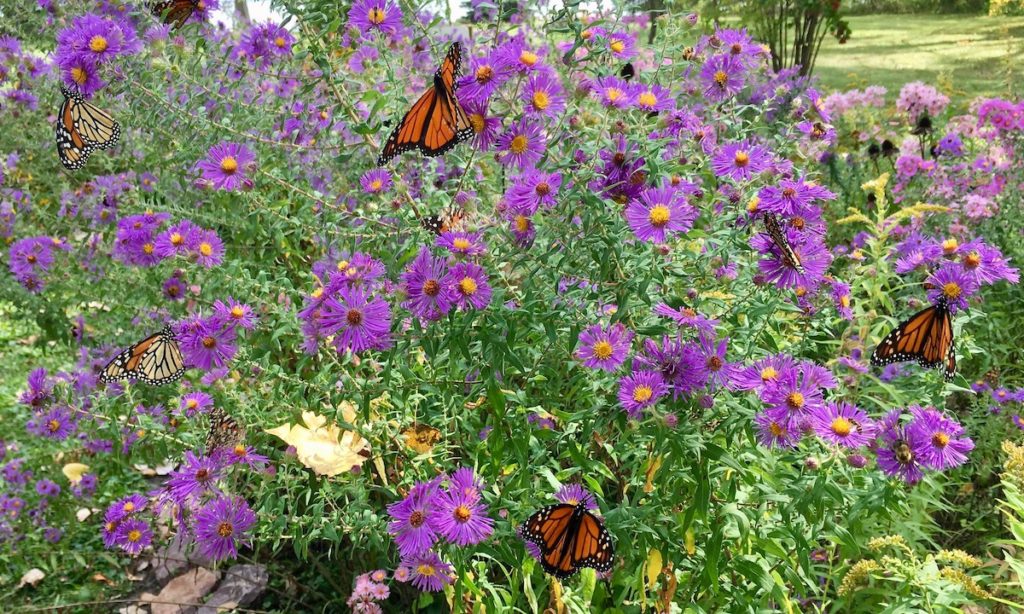
Source Image: www.lawnstarter.com
IX. Dealing with Challenges
Addressing challenges effectively is essential for maintaining a healthy and thriving butterfly garden.
| Points to Cover |
|---|
| Managing invasive species |
| Addressing common garden pests without harming butterflies |
| Strategies for dealing with extreme weather conditions |
Managing Invasive Species
Monitor your garden regularly for invasive plant species that may outcompete native plants and disrupt butterfly habitats. Remove invasive plants promptly and replace them with native alternatives to prevent their spread. Consider participating in community-based invasive species control efforts to address broader conservation challenges.
Addressing Common Garden Pests Without Harming Butterflies
Implement natural pest control methods such as hand-picking, trapping, and biological controls to manage garden pests effectively. Avoid using broad-spectrum insecticides and chemical deterrents, as these can harm beneficial insects like butterflies and their larvae. Encourage natural predators such as ladybugs, lacewings, and parasitic wasps to keep pest populations in check.
Strategies for Dealing with Extreme Weather Conditions
Take proactive measures to protect your butterfly garden from extreme weather events such as heatwaves, storms, and frosts. Provide temporary shade structures during periods of intense heat to prevent wilting and dehydration. Mulch around plants to conserve soil moisture and insulate roots during cold snaps. Monitor weather forecasts and adjust watering schedules accordingly to minimize stress on plants and butterflies.
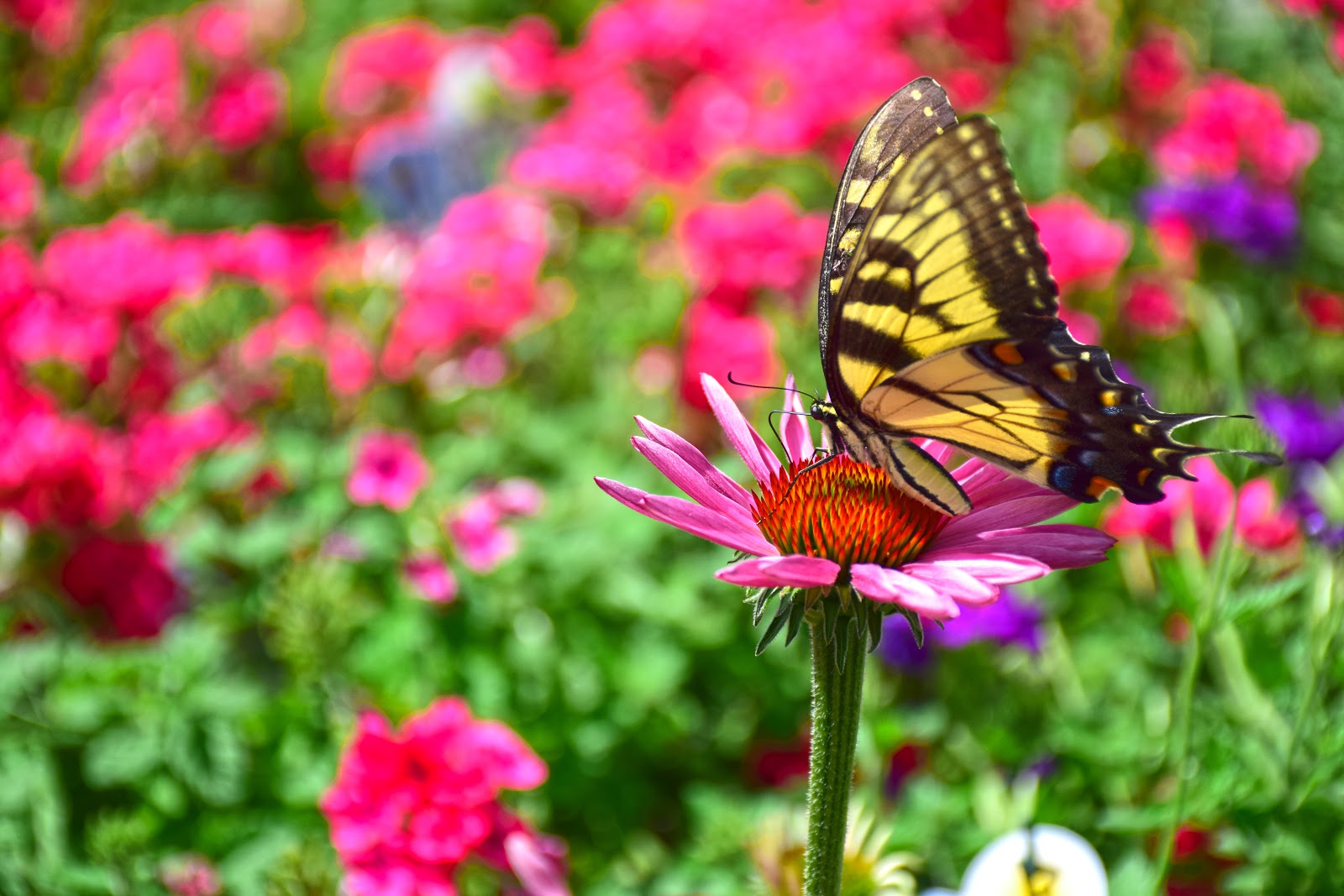
Source Image: www.merrifieldgardencenter.com
Butterfly Gardening
X. Educational Opportunities and Outreach
Engaging in educational outreach activities is a rewarding way to share your passion for butterfly gardening with others.
| Points to Cover |
|---|
| Sharing your butterfly gardening experiences with others |
| Hosting educational events and workshops |
| Involving schools and community groups in butterfly conservation |
Sharing Your Butterfly Gardening Experiences with Others
Share your experiences and insights with friends, family, and neighbors to inspire others to embrace butterfly gardening. Showcase your garden through social media platforms, blog posts, and garden tours, highlighting its beauty and ecological value. Encourage others to create their own butterfly-friendly habitats and provide guidance and support as needed.
Hosting Educational Events and Workshops
Organize educational events and workshops to raise awareness about butterfly conservation and gardening practices. Collaborate with local gardening clubs, nature centers, and environmental organizations to reach a broader audience and share expertise. Offer hands-on activities, demonstrations, and guided tours to engage participants of all ages and backgrounds.
Involving Schools and Community Groups in Butterfly Conservation Efforts
Partner with schools, youth groups, and community organizations to initiate butterfly conservation projects and educational initiatives. Develop curriculum materials and lesson plans that incorporate butterfly gardening into science, art, and environmental education programs. Foster a sense of stewardship and environmental responsibility among future generations through hands-on learning experiences and outdoor exploration.
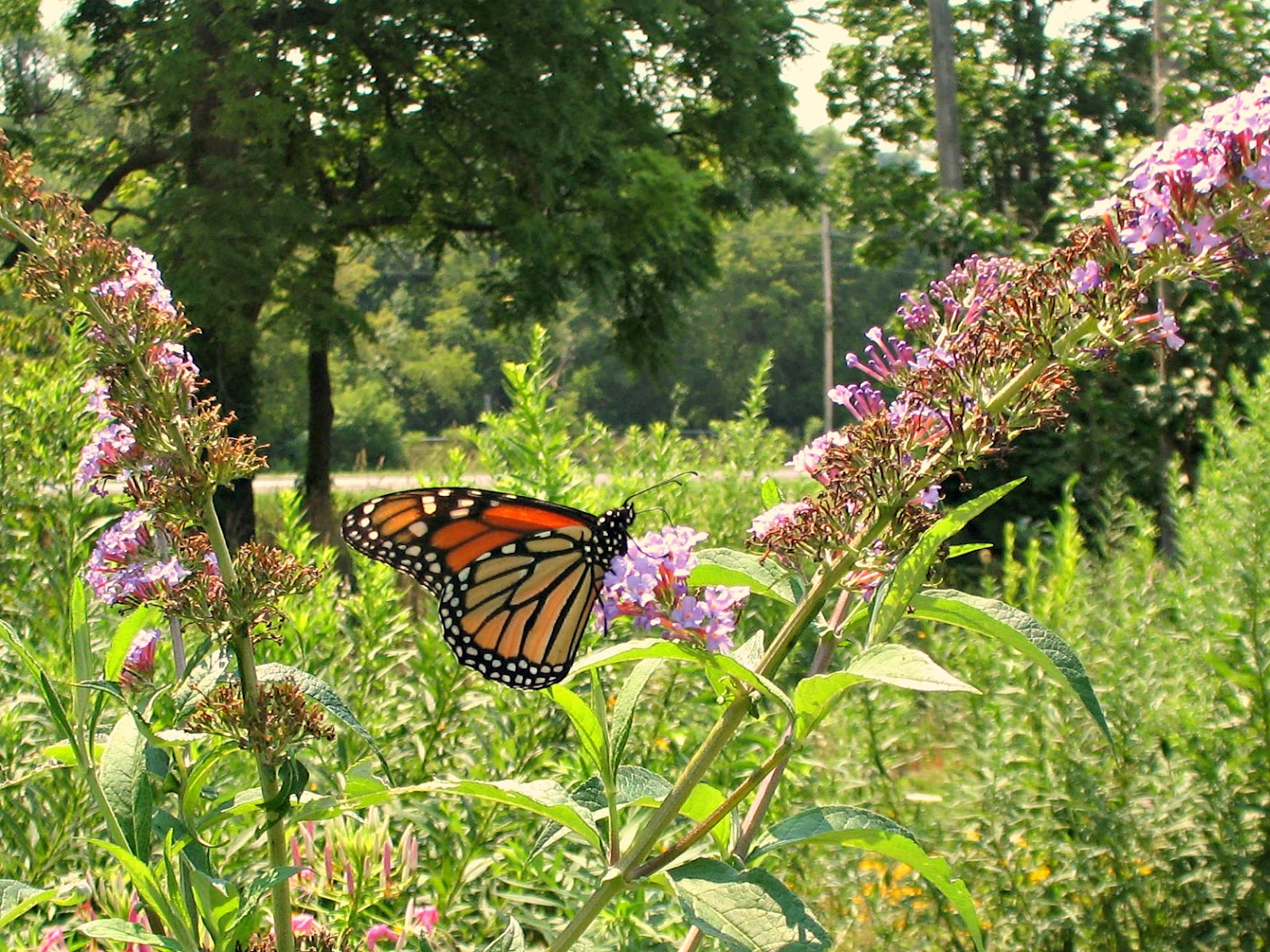
Source Image: dundasoutdoors.blogspot.com
XI. Resources for Further Information
Access to reliable resources is essential for continued learning and support in butterfly gardening endeavors.
| Points to Cover |
|---|
| Books and field guides on butterflies and butterfly gardening |
| Websites and online forums for butterfly enthusiasts |
| Local butterfly gardens and nature centers to visit |
| Organizations and initiatives dedicated to butterfly conservation |
Books and Field Guides on Butterflies and Butterfly Gardening
Explore a wide range of literature on butterflies and butterfly gardening, including field guides, identification manuals, and gardening manuals. Look for titles authored by renowned experts in the field and featuring comprehensive information on butterfly biology, ecology, and conservation.
Websites and Online Forums for Butterfly Enthusiasts
Utilize online resources such as websites, forums, and social media groups to connect with fellow butterfly enthusiasts and exchange knowledge and experiences. Join online communities dedicated to butterfly watching, photography, and gardening to stay informed about upcoming events, share sightings, and seek advice from seasoned enthusiasts.
Local Butterfly Gardens and Nature Centers to Visit
Visit local butterfly gardens, botanical parks, and nature centers to observe butterflies in their natural habitats and learn about native plant species. Participate in guided tours, workshops, and educational programs offered by these institutions to deepen your understanding of butterfly ecology and conservation.
Organizations and Initiatives Dedicated to Butterfly Conservation
Support organizations and initiatives dedicated to butterfly conservation through membership, donations, and volunteer participation. Get involved in citizen science projects, habitat restoration efforts, and advocacy campaigns aimed at protecting butterflies and their habitats. By joining forces with like-minded individuals and organizations, you can make a meaningful difference in butterfly conservation efforts locally and globally.
XII. Case Studies and Success Stories
Exploring case studies and success stories provides inspiration and practical insights for aspiring butterfly gardeners.
| Points to Cover |
|---|
| Profiles of successful butterfly gardens |
| Challenges faced and overcome in butterfly gardening |
| Testimonials from butterfly gardeners and enthusiasts |
Profiles of Successful Butterfly Gardens
Discover inspiring examples of successful butterfly gardens from around the world, showcasing innovative designs and plant selections. Learn from experienced gardeners and conservationists who have created thriving habitats for butterflies while enhancing the beauty and biodiversity of their landscapes.
Challenges Faced and Overcome in Butterfly Gardening
Gain valuable insights into the challenges and obstacles encountered in butterfly gardening and the strategies employed to overcome them. Explore common issues such as pest infestations, plant diseases, and weather-related damage, along with practical solutions and lessons learned from real-world experiences.
Testimonials from Butterfly Gardeners and Enthusiasts
Read testimonials and personal accounts from butterfly gardeners and enthusiasts sharing their experiences, observations, and achievements. Gain inspiration and encouragement from fellow gardeners who have embarked on their own butterfly gardening journeys and witnessed the transformative power of creating butterfly-friendly habitats.
XIII. Conclusion
In conclusion, butterfly gardening offers a rewarding and meaningful way to contribute to conservation efforts while experiencing the beauty and wonder of nature firsthand.
| Points to Cover |
|---|
| Recap of the importance of butterfly gardening for conservation |
| Encouragement for others to create their own butterfly-friendly habitats |
| Final tips for a thriving butterfly garden |
Recap of the Importance of Butterfly Gardening for Conservation
Butterfly gardening plays a vital role in conserving butterflies and their habitats, promoting biodiversity and ecosystem health. By creating welcoming environments for butterflies, individuals can make a positive impact on local ecosystems and contribute to broader conservation initiatives.
Encouragement for Others to Create Their Own Butterfly-friendly Habitats
I encourage readers to embark on their own butterfly gardening adventures, whether in a backyard garden, community green space, or balcony container garden. By following the principles outlined in this guide and embracing the joys of butterfly watching and gardening, you can make a difference for butterflies and inspire others to join in conservation efforts.
Final Tips for a Thriving Butterfly Garden
Remember to be patient and observant as you nurture your butterfly garden, allowing nature to take its course and unfold its wonders. Embrace the diversity of plant and butterfly species in your region, and don’t be afraid to experiment with different gardening techniques and designs. Above all, savor the moments spent in the company of butterflies, knowing that your efforts are making a meaningful contribution to their conservation.
Closing Thoughts
Butterfly gardening is not just about creating beautiful landscapes; it’s about fostering connections with nature and taking proactive steps to protect our planet’s precious biodiversity. By cultivating butterfly-friendly habitats and sharing our experiences with others, we can ensure a brighter future for butterflies and inspire future generations to cherish and conserve the natural world. Happy gardening, and may your garden be abuzz with the delightful flutter of butterflies for years to come!

